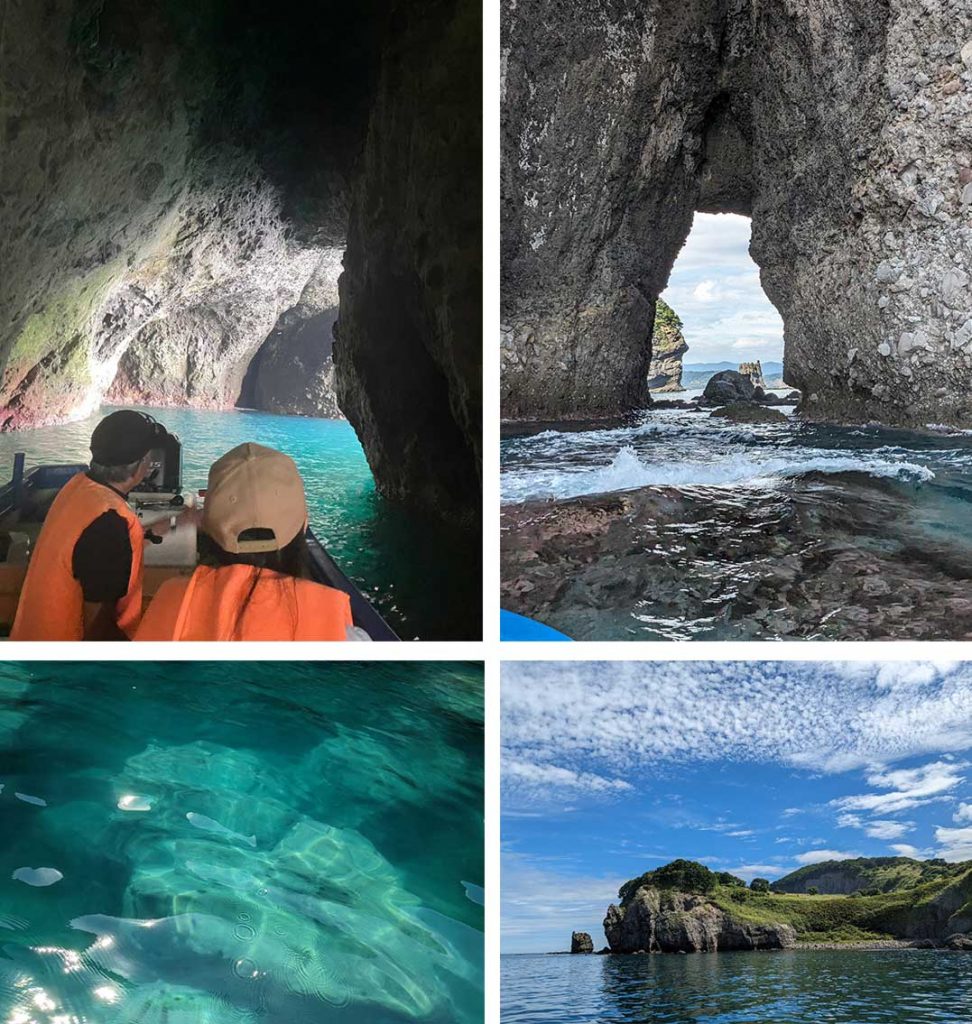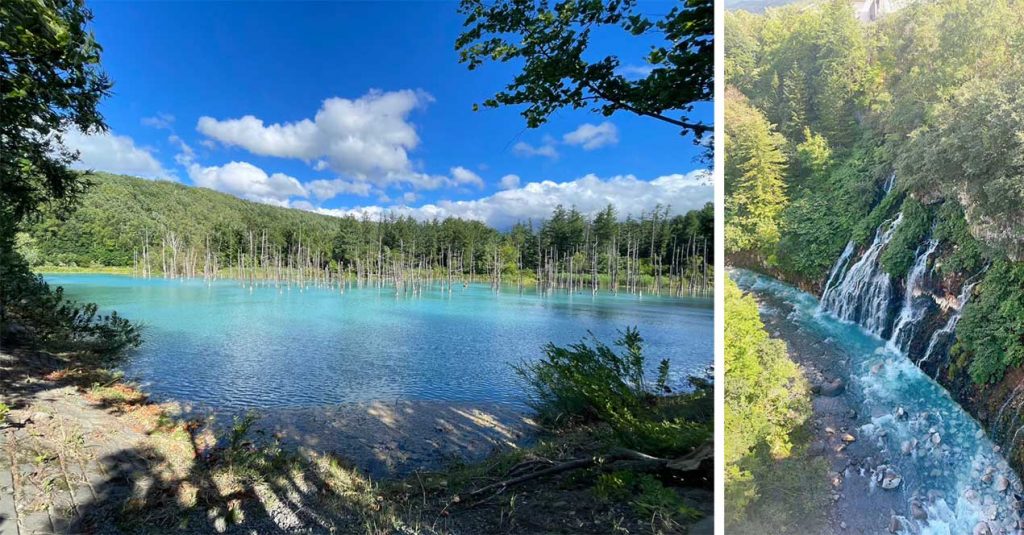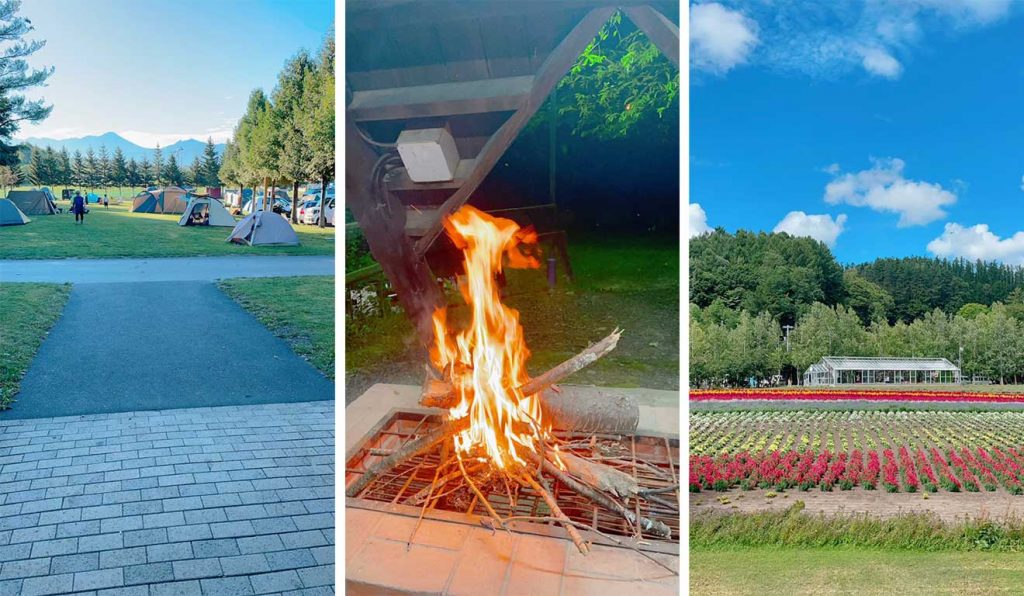Embarking on a trip during the school break can often lead to substantial expenses especially when factoring in hotel stays, transportation fees, and other monthly commitment. However, there are ways to enjoy your travel without spending a fortune. Let me share some tips on how to make your trips more affordable.
As students, the desire to explore our surrounding or nearby cities is common, even if it means saving up for months to fund a single trip. Hotel fees can sometimes rival or exceed transportation costs, making it essential to find creative and cost-effective solutions.
This summer, I discovered that camping and backpacking offer more economical alternatives to traditional accommodations like hotels or hostels. My first camping experience in Japan took place in Hokkaido where I aimed to escape the scorching summer heat of Tokyo. Planning revealed that Hokkaido is vast, with significant travel times between locations and limited local transportation schedules. Moreover, accommodation costs seemed higher than usual.
Upon calculating expenses, I opted for camping over hotels or hostels, and it turned out to be a game-changer in terms of cost savings and flexibility. Initially, sceptical, thinking campgrounds were limited to forested areas, I was pleasantly surprised to find campgrounds everywhere even in urban centres like Tokyo.
During my Hokkaido trip, I explored 6 different campgrounds, many of which were considerably cheaper than nearby hotels or hostels ranging from 400 yen to 3,000 yen per night. Some places are free! The variance in prices was attributed to differences in facilities and accessibility.
The first campground, situated near Otaru, cost 2,000 yen per night and required about a 20-minute walk from Shioya station. Although relatively expensive, it offered amenities like a roller-skating area and bathrooms. Despite our late arrival, the owner warmly welcomed us and guided us through the campsite, even providing a space for our tent.

While slightly pricier, this campground’s proximity to the beach allowed us to explore activities like renting kayaks or speedboats to visit the famous Otaru Blue Cave. Although we missed out on kayaking due to prior bookings, a chance encounter with a generous Japanese family offering to share their speedboat made the experience unforgettable.

After a night at the first campsite and exploring Otaru in the afternoon, I headed to Sapporo then to a second campsite in Shirogane Onsen at Biei Town. This remote area accessible by bus only and offered a nightly rate of 400 yen. The highlight was the Shirogane Blue Pond and Shirahige Waterfall, both within a 20-minute walk from the campsite. The local hospitality stood out when a grandmother at the local onsen, upon learning about my stay, generously gave me a free coupon to use a nearby hotel’s onsen facilities. The onsen was very nice and saved my life for the next long walking journey.

We moved to a new campsite near Furano, accessible by bus after taking the train to the main station, the slightly higher fee of around 800 yen provided a range of amenities such as a shower room, laundry area, bathroom, phone charging locker, TV area, mini-mart, and activities spaces. The unique feature was separate zones for trailer cars, cabins, and tents, with ample BBQ campfires available. An advantage of this place is it is just a station away, closed to lots of flower and vegetable farm. Due to limited bus schedules, we left early in the morning to catch the train to Asahidake.

Nestled amidst expensive hotels in Asahidake, the campsite fee was a mere 500 yen per night, saving us more than ten to thirty thousand yen. Although lacking a bathroom, the campsite provided a Wi-Fi spot, a light socket, and a restroom. Nearby hotel onsen facilities allowed us to freshen up. This served as our base before embarking on a challenging hike on Mount Asahidake.
Mount Asahidake, ideal for fast walkers to finish in a day, took me 2 days as a slow walker and beginner hiker. The campground, free of charge, offered spots on the mountain. The additional campsites along the way facilitated hikes to other mountains which might take 4 or 5 days to complete.

These are the tips that I would like to share after my first hiking trip. First, you should contact the information centre to check the weather and route of trail route before hiking. Stay alert for signs of bear and avoid some trails for your own safety. Second, if you can’t reach the campground before sundown in the wild, make sure to find a spot that is not too damp or too high to set your tent up. Third, there are no vending machines or food kiosks while hiking. The food should put in the ziplock bags to cut down on the smell. It is most likely that a bear could detect the smell of your food by its smell. Most importantly, make sure that you bring a plenty of water if you stay overnight because it is not safe to drink natural water. We prepared 4 litres of water, which seems a lot at first, but we ran out of water on the last day, eating berries to stay hydrated.

The journey concluded at Kaguraoka Park Campground, which is free of charge but requires pre-stay form submission. The campground is the smallest compared to the others. There is a restroom and dining area. The downside is there is no designated garbage area to dispose of food packing or water bottles. It is conveniently close to the JR station, which made our return to Tokyo easier.
I hope my budget-friendly journey through Hokkaido inspires fellow students with limited funds to explore the world. Traveling on a budget not only saves money but also unveils unique experiences and unexpected connections. As you kick off your adventure, embrace spontaneity and wander off the beaten path. Happy and affordable travels!
